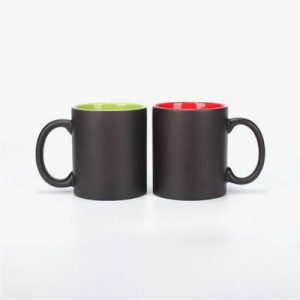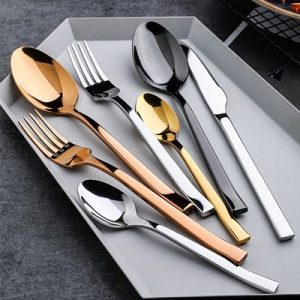Bowls can be made from a wide range of materials, each with its own set of characteristics and benefits. The choice of material often depends on the intended use of the bowl, aesthetic preferences, and practical considerations. Here are some common materials used to make bowls:
- Ceramic: Ceramic bowls are a popular choice for their durability and versatility. They come in various colors, patterns, and designs. Ceramic bowls are great for serving hot and cold foods, but they can be fragile and may chip or break if dropped.
- Glass: Glass bowls are transparent and elegant, making them ideal for showcasing salads, desserts, and layered dishes. They are non-reactive, which means they won’t interact with the food’s flavors. Glass bowls are relatively durable, but they can shatter if mishandled.
- Plastic: Plastic bowls are lightweight, durable, and resistant to breakage, making them suitable for outdoor picnics, parties, and everyday use. They come in a variety of colors and designs. However, some types of plastic can absorb flavors and colors from certain foods over time.
- Stainless Steel: Stainless steel bowls are known for their sturdiness, heat resistance, and resistance to corrosion. They are often used in professional kitchens for mixing, tossing, and marinating ingredients. Stainless steel bowls can also be chilled or heated without a problem.
- Wooden: Wooden bowls can add a rustic and natural touch to your dining table. They are suitable for serving salads, fruits, and dry foods. However, they require proper care to prevent cracking or warping, and they might not be ideal for wet or acidic foods.
- Melamine: Melamine bowls are made from a durable and lightweight synthetic material. They are often used for casual dining and outdoor events due to their resistance to breakage and heat. Melamine bowls come in various colors and designs.
- Porcelain: Porcelain bowls are refined and delicate, making them popular for formal dining occasions. They are typically thinner and lighter than ceramic bowls but can still be fragile.
- Bamboo: Bamboo bowls are eco-friendly options with a natural look. They are suitable for serving dry foods like salads and snacks. They require proper care to maintain their appearance and prevent moisture damage.
- Stone: Stone bowls, such as those made from marble or granite, are durable and can keep foods cold or hot for longer periods. They are often used for serving chilled desserts or keeping dishes warm.
- Cast Iron: Cast iron bowls are known for their heat retention properties, making them suitable for serving hot dishes like soups or stews. They can also be used for slow cooking and baking.
When choosing a bowl material, consider factors such as the type of food you’ll be serving, the level of durability needed, maintenance requirements, and the desired aesthetic.
















